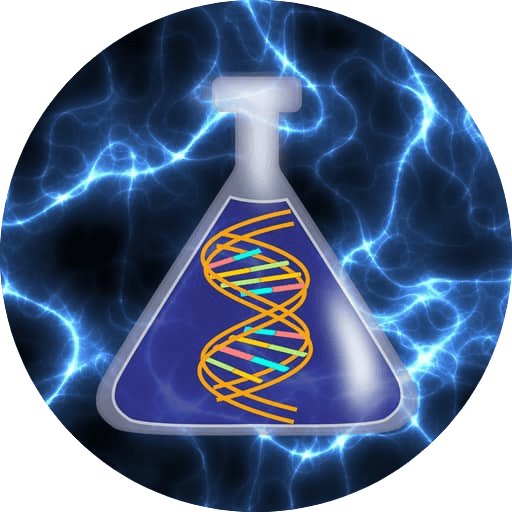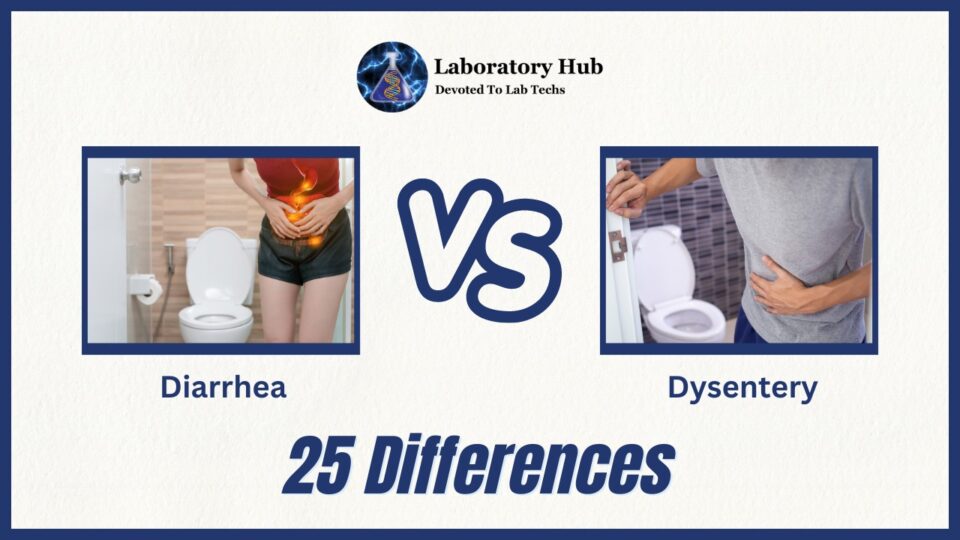Diarrhea is when you experience those unpleasant loose, watery bowel movements that nobody enjoys. It’s usually a temporary condition caused by various factors like viruses or food poisoning.
Now, dysentery is like diarrhea’s more serious and fiercer cousin. It’s a severe form of diarrhea that can make you feel really sick. With dysentery, you’ll not only have loose and watery stools, but they’ll also be bloody. Ouch! Along with that, you might experience abdominal pain and even run a fever.
Dysentery is often caused by bacterial or parasitic infections, and it’s important to seek medical attention for proper treatment.
Dysentery is a more severe gastrointestinal illness that causes blood and mucus in the stool. Bacterial or parasite infections like Shigella, Salmonella, or Entamoeba histolytica usually cause it. Dysentery causes severe stomach discomfort, fever, nausea, and frequent bowel movements. Blood in the feces implies intestinal inflammation or damage in dysentery. Dysentery, unlike diarrhea, requires immediate medical attention and tailored antibiotic or anti-parasitic treatment to control the illness and relieve symptoms.
Diarrhea and dysentery range in intensity and consequences. Dysentery, unlike diarrhea, can cause major health problems if neglected. Dysentery can cause dehydration, electrolyte imbalances, malnutrition, and, rarely, death.
In conclusion, diarrhea and dysentery are gastrointestinal illnesses that differ in several ways. Diarrhea has loose, watery feces, whereas dysentery has blood and mucous. Dysentery must be treated immediately to prevent complications. Understanding these disorders helps doctors and patients diagnose, treat, and manage these gastrointestinal issues.
|
S. No. |
Aspect |
Diarrhea |
Dysentery |
|
1 |
Definition |
Frequent passage of loose, watery stools |
Severe form of diarrhea with blood and mucus |
|
2 |
Stools |
Watery and loose |
Bloody with mucus, often small in volume |
|
3 |
Severity |
Mild to moderate |
Moderate to severe |
|
4 |
Symptoms |
Abdominal cramps, urgency, increased bowel movements |
Bloody stools, abdominal pain, tenesmus (straining) |
|
5 |
Duration |
Short-term (usually resolves in a few days) |
Prolonged (can last for weeks if left untreated) |
|
6 |
Infection |
May or may not be caused by infection |
Typically caused by bacterial or parasitic infection |
|
7 |
Pathogens |
Viruses, bacteria, parasites |
Bacteria such as Shigella, Salmonella, or E. coli |
|
8 |
Transmission |
Person-to-person, contaminated food or water |
Fecal-oral route (poor hygiene, contaminated water) |
|
9 |
Travel history |
Common among travelers |
Common in areas with poor sanitation and hygiene |
|
10 |
Fever |
Not always present |
Often present, along with other systemic symptoms |
|
11 |
Dehydration |
Can lead to dehydration, especially in severe cases |
Can cause severe dehydration due to blood loss |
|
12 |
Treatment |
Fluid replacement, dietary changes, medication for underlying cause |
Antibiotics, fluid replacement, symptomatic relief |
|
13 |
Complications |
Dehydration, electrolyte imbalance |
Dehydration, electrolyte imbalance, blood loss |
|
14 |
Diagnosis |
Stool analysis, medical history, physical examination |
Stool analysis, medical history, physical examination |
|
15 |
Medical attention |
Most cases do not require medical attention |
Medical attention is usually necessary |
|
16 |
Endemic areas |
Worldwide |
|
|
17 |
Prevention |
Hand hygiene, safe food and water practices |
Improved sanitation, hygiene, safe food practices |
|
18 |
Age groups |
All age groups |
More common in children and older adults |
|
19 |
Outbreaks |
Less likely to cause outbreaks |
Can cause outbreaks in communities or institutions |
|
20 |
Treatment of choice |
Oral rehydration solutions |
Antibiotics specific to the causative organism |
|
21 |
Stool consistency |
More liquid and less bloody |
More bloody and less liquid |
|
22 |
Abdominal pain |
Less severe and crampy |
More severe and colicky in nature |
|
23 |
Urgency |
Less urgency to defecate |
Increased urgency to defecate |
|
24 |
Hematochezia |
Absent |
Present (passage of fresh blood) |
|
25 |
Prognosis |
Generally good, if managed properly, |
Can be serious if left untreated or complications arise |
Also read: Primary vs Secondary Metabolites – 17 Differences
Frequently Asked Questions (FAQS)
Q1. What distinguishes dysentery from diarrhea in particular?
Watery, loose stools are the hallmark of the illness known as diarrhea, while blood and mucus are present in the stool in the case of dysentery, a more serious form of diarrhea.
Q2. Which prevalent factors contribute to diarrhea?
Aside from underlying medical issues, diarrhea can be brought on by bacterial or viral infections, food poisoning, specific drugs, dietary changes, and other factors.
Q3. Why does dysentery occur?
A: Specific bacteria, such as Entamoeba histolytica or Shigella, invade the intestines and produce inflammation and bleeding, which is the main cause of dysentery.
Q4. Based on the symptoms, how can I distinguish between diarrhea and dysentery?
Loose stools, abdominal pain, and occasionally a low temperature are the normal symptoms of diarrhea, whereas bloody or mucus-filled stools, excruciating abdominal pain, and fever are additional symptoms of dysentery.
Q5. Is there any diagnostic test to differentiate between the two disorders?
Stool tests can be carried out by doctors to determine whether bacteria or parasites that cause dysentery are present. These tests can assist in separating it from other types of diarrhea.
Q6. Are diarrhea and dysentery both infectious diseases?
Yes, both dysentery and diarrhea are spreadable, especially if bacterial or viral diseases are to blame. To stop the transmission of these illnesses, proper hygiene is essential, such as handwashing.
Q7. is there any particular risk factors exists for acquiring dysentery?
Individuals with compromised immune systems, those who go to areas with inadequate sanitation, and those who live in unclean settings are all at higher risk of developing dysentery.
Q8. How is diarrhea typically managed?
Diarrhea frequently subsides on its own and can stop. Symptoms can be controlled by drinking plenty of water and avoiding particular foods. Over-the-counter drugs may be utilized in some situations.
Q9. What are the symptoms of dysentery, and how is it treated?
Dysentery is a severe kind of diarrhea that calls for medical intervention. In most cases, rehydration therapy and antibiotics targeted at the offending parasite or bacterium constitute the course of treatment.
Q10. When should I seek out-of-hours medical attention for diarrhea or dysentery?
It’s critical to get medical attention right away for an appropriate assessment and treatment if you experience severe dehydration, a persistent high fever, considerable blood in the stool, or symptoms that extend for more than a few days.
User Review
( vote)
Laboratory Hub aims to provide the Medical Laboratory Protocols & General Medical Information in the most easy to understand language so that the Laboratory Technologist can learn and perform various laboratory tests with ease. If you want any protocol to be published on Laboratory Hub, Please drop a mail at contact@laboratoryhub.com. Happy Learning!

